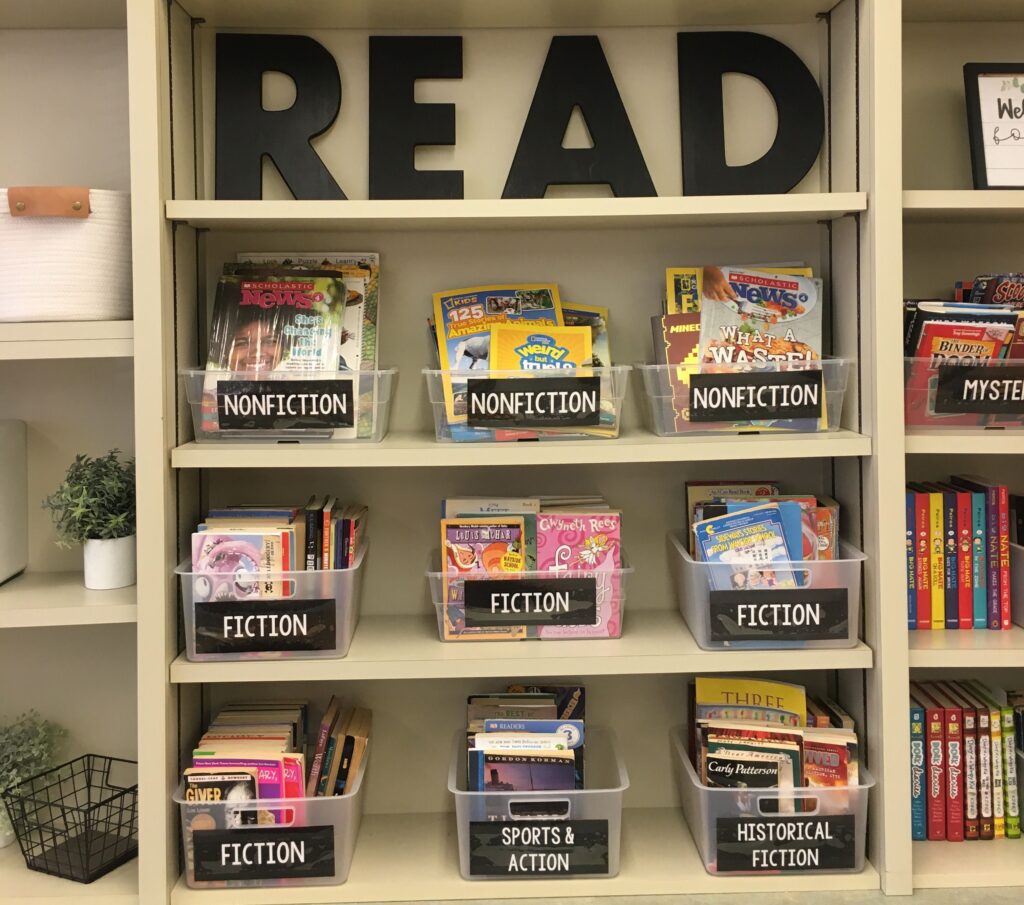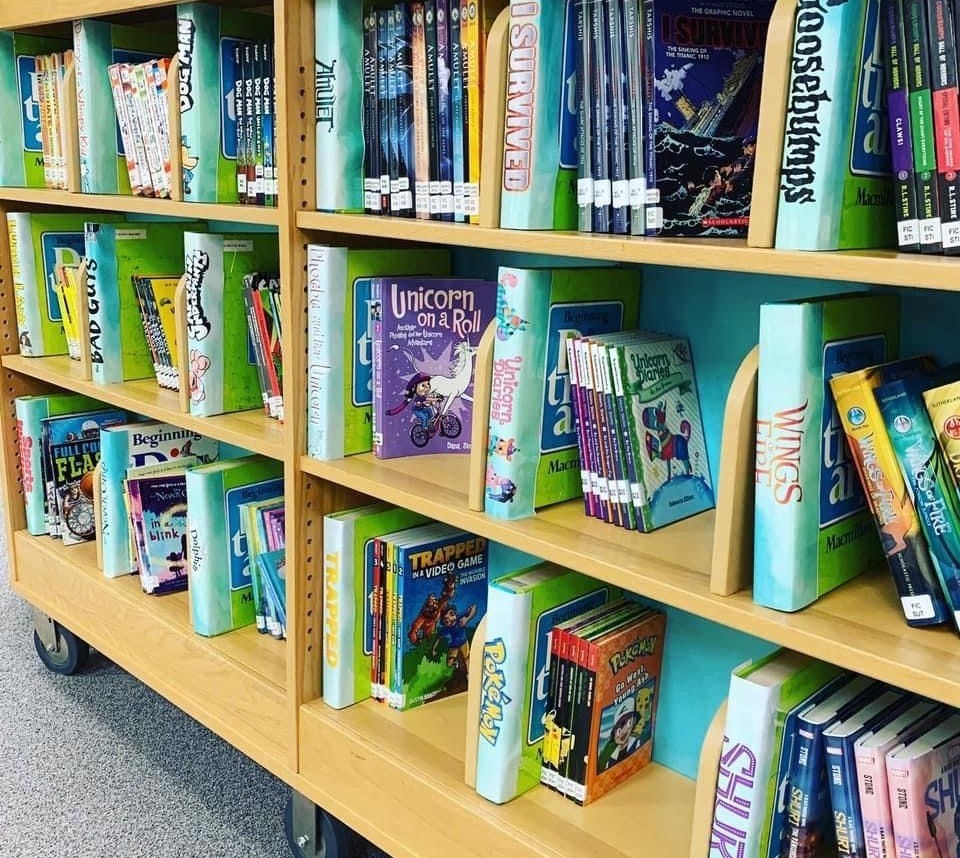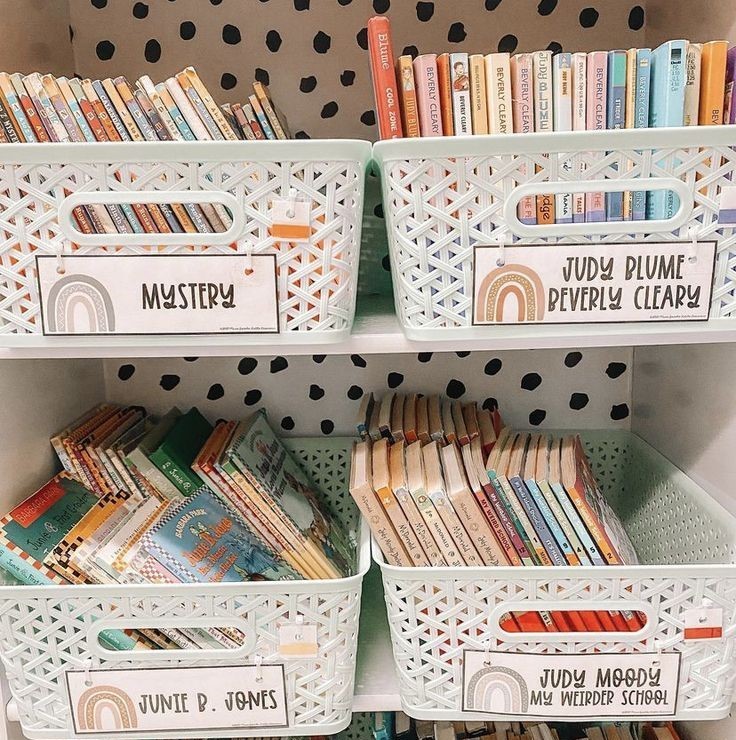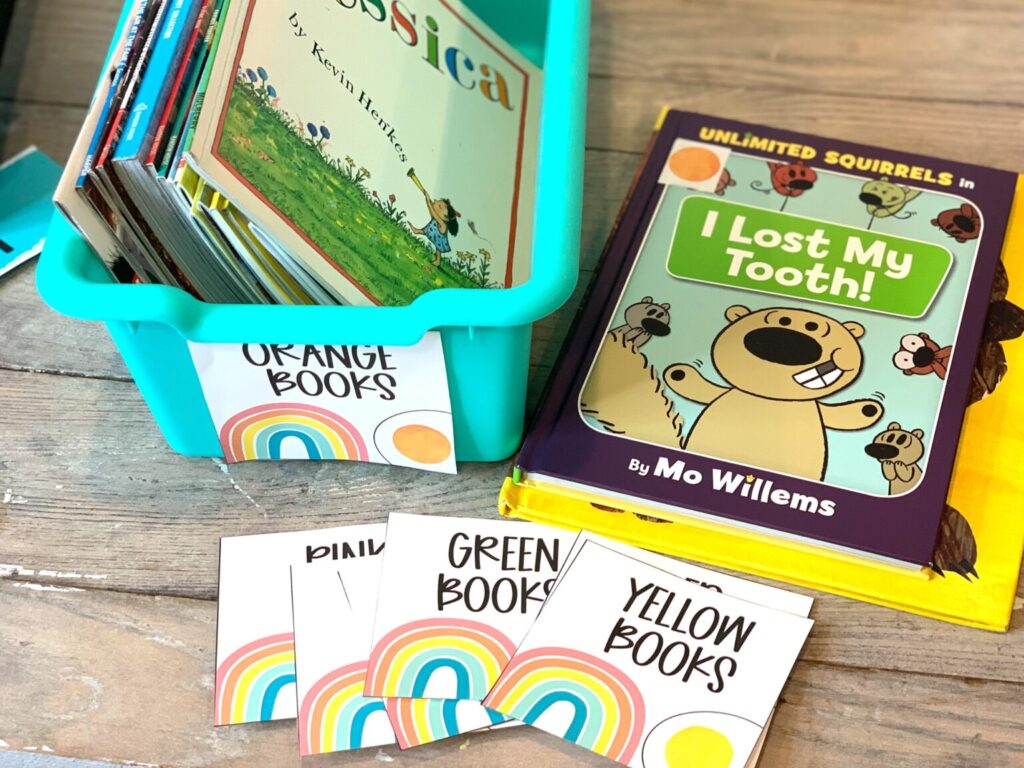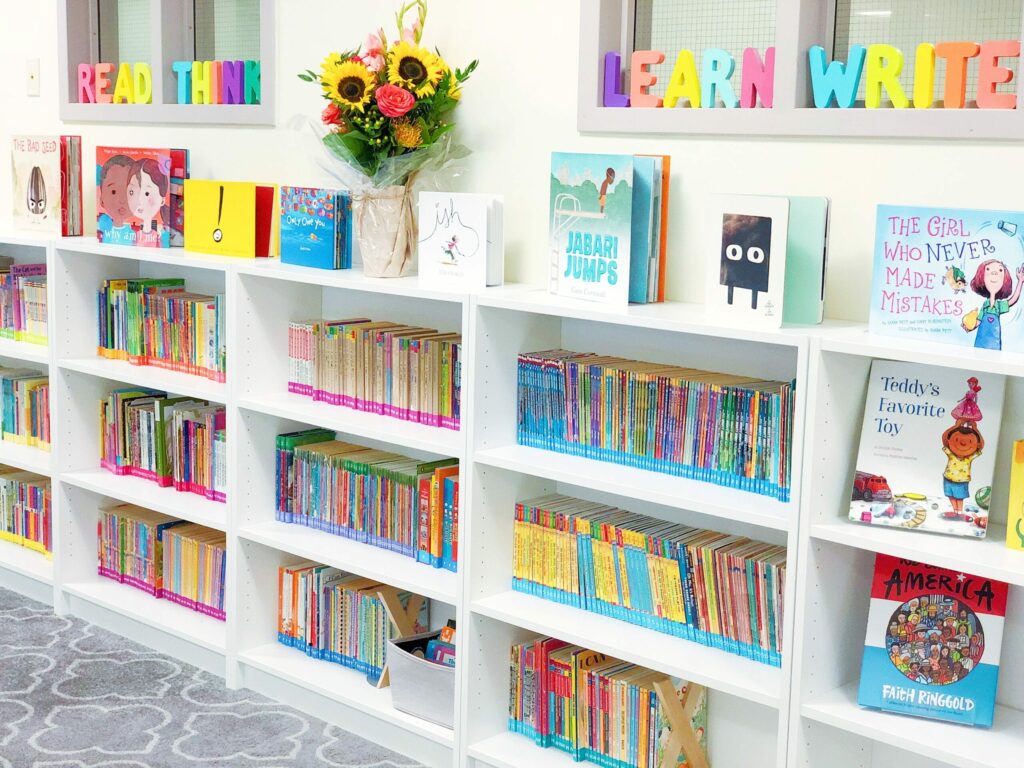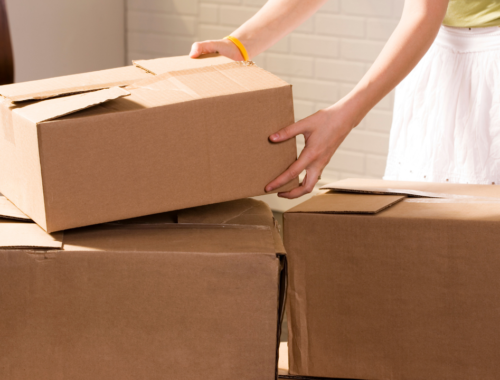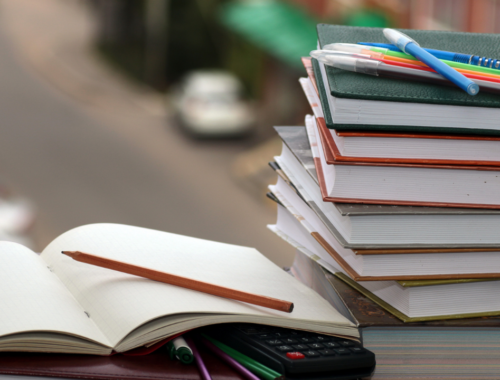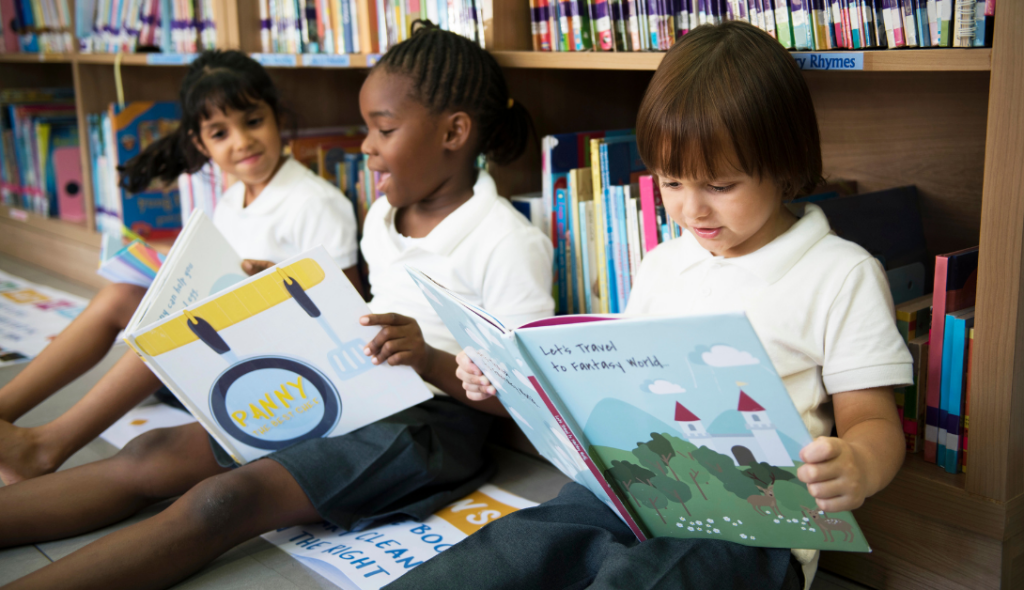
A classroom library is one of the surest ways to encourage students to read more. So, if you’re a teacher who wants to set up a library and make it easy to use and inviting, we have a few tips to share.
Building and growing your classroom library isn’t easy. If you only have your own funds and no financial support, you have to be inventive. Besides, choosing, buying, labeling, categorizing, and organizing books takes time and effort. The good news is it’s doable!
And since you’re reading this, you’ve probably realized that a classroom library can be such a great inspiration for students, and therefore, is worth the effort! It helps students start reading (check out more about how reading was invented), improves their literacy skills, and gives them easy access to books relevant to their age. So even if the entire thing sounds challenging, once it’s done, you’ll see the difference!
- What Is a Classroom Library?
- Why Is a Classroom Library a Great Idea?
- How to Organize a Classroom Library?
- How to Get Books for Your Classroom Library?
- Why Choose BookScouter to Buy and Sell Books for Your Classroom Library?
What Is a Classroom Library?
A classroom library is a place where students can find and read books they like. It’s usually a small, organized space with shelves, colored boxes or book bins—and books, of course. Ideally, each kindergarten, elementary, primary, and middle classroom should have such a library. And it can make a real difference if you work in a small school that don’t have a school library.
Why Is a Classroom Library a Great Idea?
As we’ve already said, classroom libraries help kids read more and improve their reading skills. What is more, a classroom library is usually easier to approach than a school library, so students may feel more likely to use it.
Various researchers have discovered that classroom libraries are great for students for a range of reasons:
- According to Morrow (2003) and Neuman (1999), students read 50–60% more in classrooms if there’s a classroom library.
- According to Block and Mangieri (2002), some 15 minutes of in-school reading a day can help students improve their reading.
- All in all, students are likely to spend more time reading when they have access to a good classroom library—according to various researchers: Allington & Cunningham (1996), Krashen (1998), and Routman (2003).
How to Organize a Classroom Library?
There’s no one answer. All teachers are different, so their libraries will be—and should be—individual. However, there are a few universal recommendations that can be applied to any classroom library.
Sort, Categorize, and Label the Books
First, you need to approach the problem of sorting. It might seem difficult, but you don’t need to complicate things. You can sort by genres and topics. Some teachers prefer to sort by AR (Accelerated Reader) levels. However, we suggest sorting by topic and author because it’s easier for students. They are likely to prefer books about animals or adventures instead of trying to choose books based on their reading level.
Again, there isn’t any specific rule to categorization; simply use your knowledge, imagination, and common sense. Here’s an example of how you can categorize and label your books (e.g., for a second-grade library):
- Adventures
- Animals
- Biographies and Autobiographies
- Legends
- Mysteries
- Fairy Tales and Fables
- Favorite Characters (fiction)
- Friendship
- Poetry
- World Around Us (nonfiction)
Mark the Books
Once you’ve sorted the books, we highly recommend marking them in any way you like. If you have a stamp, use it. Alternatively, you can simply write your name on the back cover of every book. This will help your books find their way back to you way faster.
Organize How Kids See the Books
Another important thing is to make the books presentable to students. You can just put the books on the shelves (just like in a traditional library), but we think this will work for older students. For younger ones, reading the bindings won’t be inviting enough. Many people choose books by the cover, and young kids definitely do so. So, keeping books in bins where book covers are more accessible is a better idea.
Assign a Classroom Librarian
You may also consider assigning a classroom librarian who’ll be in charge of book exchanges and remind students to return the books if they forget to do it on time.
Set Up a Checkout System
A checkout system may sound like too much, but as your library grows, so will the need to keep it in order. We don’t have any specific recommendations here; just try to think of what will work best for your students. Creating and displaying a few basic rules will help everyone follow them and provide a reference when needed.
Include Diverse Books
One of the most important things to keep in mind is that your classroom library must be diverse if you want to engage more students.
Make sure you include both fiction and nonfiction. While fiction is more or less understandable, nonfiction is also important, even for younger kids. We’ve already mentioned various researchers who confirmed the benefit of independent reading. Also, the same paper mentioned Allington & Cunningham (1996), Krashen (1998), and Routman (2003), who suggest that reading more nonfiction can lead to higher reading achievement, while according to Stoodt-Hill & Amspaugh-Corson (2005), reading little nonfiction may lead to difficulty understanding such texts overall.
Another recommendation is to have books that tell stories of people of different races, genders, backgrounds, and with varied abilities. Why it’s so important? By reading such books, students understand that the world is diverse, and they can also see someone just like them in the books. If you’re teaching younger kids, make sure they can choose from chapter books (e.g., Front Desk by Kelly Yang) and picture books (e.g., Emily’s Blue Period by Cathleen Daly, illustrated by Lisa Brown).
Last but not least, you can be creative and add something not quite typical for your senior classes, like 10 Best Books for Learning Chess or 10 Good Books for Teen Girls. The idea is the more books you have on all sorts of topics, the more students will be using your classroom library.
How to Get Books for Your Classroom Library?
Now, how to find books for a classroom library? Building a library takes time, effort, and money. So, how can teachers do it on their own?
It’s obviously easier to gradually grow a library, especially if you’re doing it on your own. Buying new books is expensive and not that easy for a new teacher. But the thing is that you don’t need them all to be new. That’s where we can help you out. For one thing, we have plenty of recommendations on where to find free and cheap books for your classroom library. For another, we can help you get them.
A while ago, we shared an article on where to buy children’s books. You may want to check it first: 6 Best Places to Buy Used Children’s Books. Also, consider the following possible alternatives:
- Visit Garage Sales: Plenty of people sell books really cheaply because they simply want to get rid of them, so you can start with those sales to start your library.
- Visit Library Sales: Libraries also have sales when they try to get rid of excess books. Perhaps they have too many copies, but what matters most is that you can also buy a few books relatively cheaply there.
- Ask for Support on Facebook: You can ask your friends to support your classroom library on social media. We’re positive that plenty of people will be able to give away a book or two.
- Organize a Book Donation Day: You can even ask parents and friends to donate books for the classroom library. This way, you can grow it faster than simply buying a book a week on your own.
- Check the Library of Congress. This organization donates unused or excess books to educational institutions and various nonprofits. Visit its website to register and apply.
- First Book also helps underfunded schools get access to books. Check if your school can apply.
- If you work in a Title I school, you can contact Book Trust. This nonprofit organization offers free books and encourages children to read.
- You can also check whether your classroom library can get a donation from Kids Need to Read.
- You can also try applying for the Lisa Libraries program for a free book donation.
- Online Used Book Retailers: This is a great option if you want to buy specific books for your classroom library. You can go to Amazon or eBay directly or order from a range of smaller booksellers.
- BookScouter: Alternatively, you can save time and money by finding the best offers via BookScouter.
Why Choose BookScouter to Buy and Sell Books for Your Classroom Library?
While the options mentioned above are great, we suggest using BookScouter to look for cheap books for your classroom library. It compares textbook prices from 25+ bookstores and 30+ vendors to help you find the best prices both to buy and sell books. Also, we have plenty of great recommendations and book reviews. Check just a few of them:
- Best Children’s Books Of All Time
- The 9 Best Children’s Book Publishers Nurturing Literary Magic for Young Minds
- Top 5 Best Reading Apps for Kids
How to Buy
You can find what you need on BookScouter in two ways: by looking for specific books and entering their ISBNs, authors, or titles or by browsing our category pages for Сhildrens’ Books, Science, Nature & How It Works, Fairy Tales, Folk Tales & Myths Books, Early Learning Books, or Teen & Young Adult Books.
For instance, here are some of the books for your classroom library that you can find with the help of BookScouter:
Kindergarten and Early Elementary Books
- The Very Hungry Caterpillar by Eric Carle—It’s everyone’s favorite, so don’t hesitate to get a copy (or several).
- Chicka Chicka Boom Boom by Bill Martin Jr.—You kids will definitely love this alphabet book with a catchy rhyme.
Primary Grades 1–3
- Charlotte’s Web by E.B. White—A great story for your “Friendship” book bin.
- Junie B. Jones series by Barbara Park—Most recommended and truly funny stories about a kindergartener.
- The Magic Tree House series by Mary Pope Osborne—These fantastic books will make a great addition to your “Adventures” book bin. A while ago, we even devoted an entire post to the series: How Many Magic Tree House Books Are There? (a spoiler: 110 books in total).
Middle Grades 4–8
- Where the Wild Things Are by Maurice Sendak—A truly timeless tale about the power of imagination.
- Harry Potter series by J.K. Rowling—A fantasy series that doesn’t require any introductions and is probably a must-have in your classroom library and a “Favorite Character” book bin.
- Wonder by R.J. Palacio—An inspiring story about kindness, empathy, and inner beauty.
- Holes by Louis Sachar—A clever mystery tale about a boy and something that’s buried under a dried-up lake. A story that will never stay put in your “Mysteries” book bin.
High School Grades 9–12
- Nimona by Noelle Stevenson—A funny, vibrant, and adorable graphic novel that will definitely be popular in your library.
- The Grace Year by Kim Liggett—This supernatural thriller isn’t popular in many classrooms for nothing.
- Ready Player One by Ernest Cline—Another fantastic page-turner your students will love. Some of them may have seen a movie adaptation already; it’s also great. After all, it pretty much describes the reality we’re heading into, in a way.
- A Court of Thorns and Roses by Sarah J. Maas—A BookTok hit a while ago, so you probably need it in your classroom library, too. You can also find more ideas fit for a specific class in our article about 13 Best BookTok Books of 2023.
How to Sell
Once some of your classroom library books become neglected, you can also sell them via BookScouter. We work with 30+ trusted vendors; therefore, we are positive you’ll get the best offer for your copy of Mama, Is It Summer Yet? and then buy something new for your classroom library again. Check our comprehensive guide on How Do I Sell Books on BookScouter? for more information.
Final Thoughts
We hope our recommendations will help you build a great classroom library, regardless of your budget. Now that you know how to get books free or really cheaply and how to organize them, you can create a library fit for your students’ interests and learning levels. And at BookScouter, we’re always here to match you with the best offers and help you grow your library!


